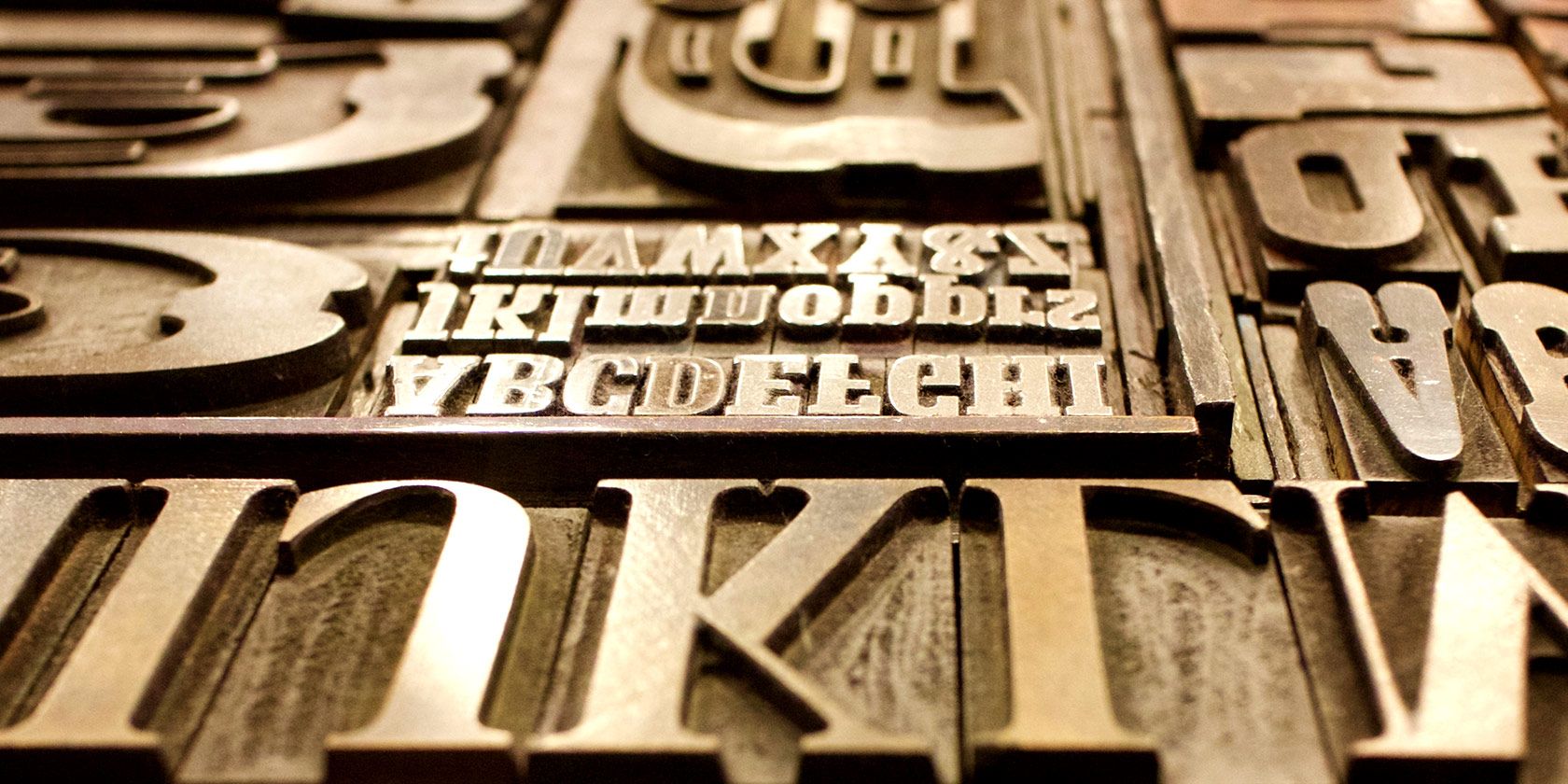
Due to this, TTF fonts are perfect and comfortable in all the files for both printing and screen viewing purposes.

It would be better for you to understand that these fonts are readable at any size and you are not going to face any issues while reading them. TTF fonts depend solely on a glyph table while OTF fonts can either have glyph tables or CCF. TrueType fonts include both the screen and printer font data in a single component which makes the process of installing fonts very easier and smoother. There will be no issue for the end-users as there are many modern applications currently in the market which use fonts that are capable enough to work with TTF and OTF files. If you are looking for a large character set for language coverage and fine typography, then you can consider OTF fonts for your overall requirements. This additional space offer type designers the ability to include several add-ons such as old-style figure, small caps, alternate characters, and various other extras. It also supports expanded characters which allow for ligatures and alternate characters. You should note that it includes both TrueType and PostScript in a simple wrapper. It offers great features and smooth linguistic supports and also high-end typographic control.
#Otf vs ttf vs woff mac
The main advantages of the OpenType format are its cross-platform compatibility which can be easily used on Windows and Mac platforms without any hassle for sure. Here you would come to know about the major differences for sure.

If you are looking for the main difference between OTF fonts and TTF fonts, then you are in the right place. There are various differences exists between the OTF fonts and TTF fonts which everyone should be aware of. A significant difference between the two is in their capabilities and features while using. The main goal of this was to give a simple format to both Windows and Mac users and also can be read by default by all the printers available in the market. TTF stands for TrueType Font which was made by Microsoft and Apple in the year 1980s. OTF stands for Open Type Format which includes more than 65,500 glyphs, supports cross-platform, and also supports the Unicode character encoding. The use of lineheight 0 and absolute positioning of spans is to eliminate the effects of browser-renderer specific rounding effects that otherwise make a mockery of any attempt for pixel-perfect font layout.Let’s discuss the difference between OTF fonts and TTF fonts. Sample HTML page displaying issue is below.
#Otf vs ttf vs woff how to
But I have no idea what or how to query it to make allowance for same. Swapping the WOFF with the original TTF or OTF (as applicable) does not eliminate the issue, so it is probably something in the original font file itself that is hinting to the browser to display lower down.
#Otf vs ttf vs woff software
This doesn't appear to be converter dependent - I have tried almost a dozen converters from the online ttf to woff services to purchased software including TransType etc. The blue rectangles in the screenshot linked illustrate the bounds that are expected when interrogating the font to position between baseline of last line and ascent of first line - to match InDesign display positioning.Īll positioning values are calculated explicitly from these font ascent / descent values and have been validated against over 1000 fonts - they are pixel perfect in well over 90% of fonts, but some (such as the example) are shifted vertically downwards.Īdditionally, this phenomena appears consistent across a range of browsers - similar behaviour is observed in FireFox, Edge, Opera, Chrome. Screenshot of HTML page displaying WOFF with a problem font compared to PNG extracted from InDesign using the same font The example chosen demonstrates how the ClarendonNo1URW-Lig font displays a small number of pixels below where would be expected using the same font outside of a browser. Can anybody point me to a reference that might explain what?ĮTA: Following comments below, I have edited this to include an MCVE. (I have tried over a dozen WOFF conversions and all display the same positioning.)Ĭlearly there is something in the affected fonts that causes WOFF to display vertically down from the OTF / TTF / SWF position. Historically, these have been displayed using Flash but, obviously, we are now investigating HTML5.Ī subset of WOFF fonts display vertically displaced downwards by up to several pixels - this appears to be converter independent. We are working on a large print app with thousands of fonts.


 0 kommentar(er)
0 kommentar(er)
